Business
ACCI welcomes decreasing of taxation on raw imported goods

Officials in Ministry of Commerce and Industry have welcomed the approval for decreasing taxes on raw imported goods tariff, saying supporting investments will end up into the significant growth of economy and will increase the domestic productions within the country.
Afghanistan High economy council has recently approved the decreasing of taxation on raw materials in customs tariff.
Deputy of the Chamber of commerce and industry Khanjan alkozai welcomes the following decision saying this will pave the way for better platforms for domestic and International investors to invest in Afghanistan.
Based on the new decision of the Afghanistan high economy council now the importers could only pay 1 percent taxes for their materials, while they were paying 10 percent.
Further he mentioned that those who imports machines for the factories aren’t responsible to pay taxes but the printed papers, and belonging materials for some of the factories and companies should pay 2, 5 percent taxes.
Deputy chamber of commerce Khanjan Alkozai said,”An important step has been taken by the Government on growing of economy, the following decision will improve the economy and encourage the domestic and International investors to invest in Afghanistan.”
Meanwhile scores of the officials in chamber of commerce has declared the economy situation in Afghanistan full of concerns.
The International relations responsible for Ministry of commerce and industry Azarakhsh Afizi said,” the economy situation of Afghanistan is worst, unemployment is in high level, our industry is ramshackle, more than 1000 factories has been shut down.”
One of the main challenges for the National Unity Government leaders is corruption, the following problem has over shadow the activities of the following Government and International community have also insisted that if Afghan Government doesn’t move to combat corruption we will stop our aids and supports.
Reported by Nabila Hafizi

Business
Afghanistan’s economic prospects are bleak: World Bank

The absence of GDP growth coupled with declining external financing avenues for off-budget expenditures paint a bleak picture of Afghanistan’s economic prospects, the World Bank said.
After a severe 20.7 percent GDP contraction in 2021, the Afghan economy contracted further by 6.2 percent in 2022, the bank said in a report.
“While Afghanistan’s agricultural and subsistence economy, including illicit opium production, provided some resilience in rural areas, higher prices, reduced demand, lower employment, and disruptions to services had severe impacts across the country,” it said.
The proportion of households that did not have enough income to meet basic food needs more than doubled from 16 percent to 36 percent in this period, according to the bank.
In the context of deep concerns about the policies of the Islamic Emirate of Afghanistan (IEA), including restrictions imposed on women and girls, the international community, including the World Bank, recalibrated its approach to supporting Afghanistan: first to providing humanitarian support and then to providing off-budget support for basic service delivery and livelihoods.
However, IEA moved to restore domestic revenues, which reached $2.2 billion or 15 percent of GDP in 2022. “Nevertheless, overall economic activity remained depressed, unemployment stayed high, and the banking sector was dysfunctional due to constraints on international transfers and concerns about liquidity and solvency.”
World Bank said that Afghanistan’s economic outlook remains uncertain, with the threat of stagnation looming large until at least 2025. “This economic stagnation will deepen poverty and unemployment, with job opportunities expected to decrease and food insecurity expected to increase.”
The bank noted that for a sustainable future, Afghanistan needs to focus on its comparative advantages, particularly in the agricultural and extractive sectors. Agriculture could be a key driver of growth and poverty reduction, with the potential to create jobs, it added.
Business
Commerce ministry inks 10 MoUs to boost development of small and medium-sized businesses
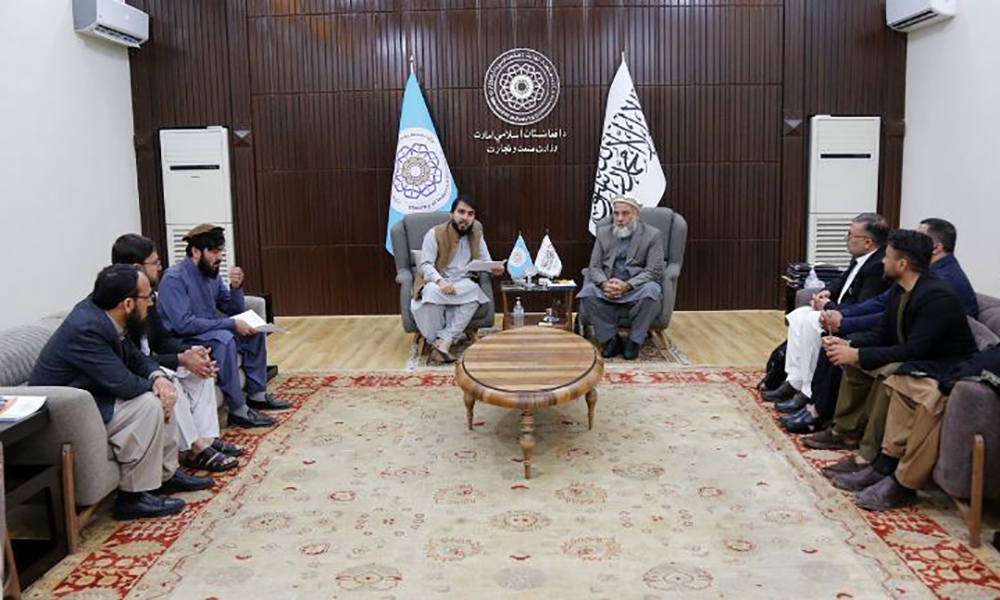
The Ministry of Commerce and Industry said Thursday it has signed cooperation agreements with ten institutions to support the development of small and medium-sized enterprises.
Nooruddin Azizi, Acting Minister of Commerce and Industry, said: “In the implementation of projects, we must pay special attention to our activities and actions and try to make useful use of the projects according to the requirements and benefit the beneficiaries.”
These ten institutions are to present their projects, the total value of which is around over $1.1 million. The projects will be carried out in Kabul, Baghlan, Ghor, Herat, Logar, Nangarhar, Balkh, Badakhshan and Jawzjan provinces and provide direct jobs for about 1,000.
To date, the ministry has signed MoUs for 72 projects in total, collectively valued at about $53.6 million.
These agreements have been signed with domestic and foreign companies for the establishment of small and medium-sized businesses.
In accordance with the principles and laws of the Islamic Emirate and prioritizing the implementation of projects for immigrants and returnees and internally displaced people, the ministry said 635,865 people will benefit through jobs directly and over 4.3 million will benefit indirectly in 25 provinces once these projects are implemented.
Business
Export volume totals over $140 million in last month of 1402
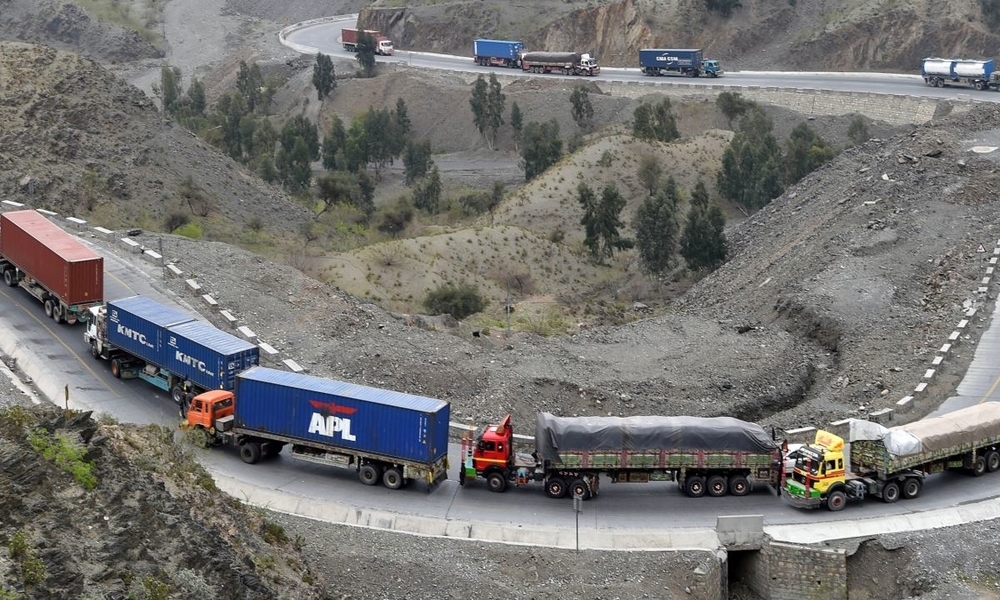
The National Statistics and Information Authority (NSIA) confirmed Tuesday that in the last month of solar year 1402, (March 2024) Afghanistan’s exports totaled $141.1 million and imports totaled $789.6 million.
This was down from $174 million for exports in the same period in 1401. However, imports increased by $99.2 million in 1402, up from $690.4 million.
Most exports in the last month of 1402 went to Pakistan, India and the United Arab Emirates, while in the last month of 1401 exports went to Pakistan, India and China.
-

 Latest News5 days ago
Latest News5 days agoUS identifies Kabul airport suicide bomber
-

 World4 days ago
World4 days agoIsraeli military vows response to Iran attack as calls for restraint mount
-

 Sport3 days ago
Sport3 days agoATN secures exclusive rights to broadcast Paris 2024 Olympics
-

 Latest News4 days ago
Latest News4 days agoPakistani police give Afghans in Balochistan one day to leave
-
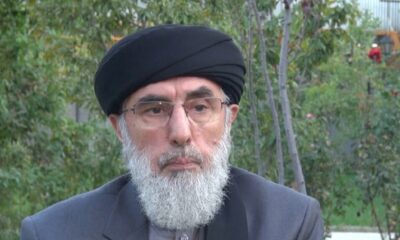
 Latest News4 days ago
Latest News4 days agoHekmatyar slams US for ‘occupying’ Afghanistan’s airspace
-

 Latest News4 days ago
Latest News4 days agoMedia Violation Commission bans two TV channels
-
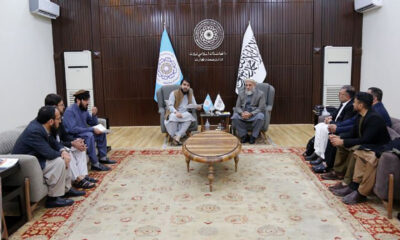
 Business1 day ago
Business1 day agoCommerce ministry inks 10 MoUs to boost development of small and medium-sized businesses
-
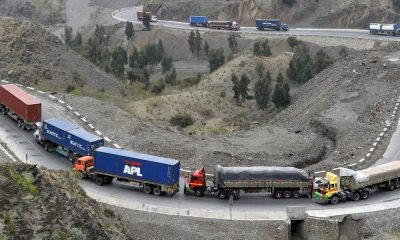
 Business3 days ago
Business3 days agoExport volume totals over $140 million in last month of 1402
















